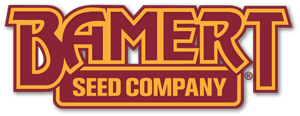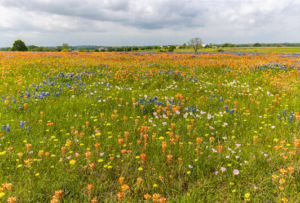By Rob Cook, Director of Business Development, Bamert Seed
When undertaking a reclamation, right of way, or construction project, some of the biggest concerns during and after the construction are stopping and preventing erosion, restoring the hydrology of the site, and the other site work needed to reestablish the vegetation. All of the dirt work and soil stabilization is critical to the success of the project and is the first step in the reclamation of site.
The first step is expensive, and it takes somebody who knows what they’re doing to get it accomplished correctly. Because it isn’t usually a main focus on a project, it is easy for the seed application and seed blend selection to be an afterthought. The seed used to revegetate a project is usually a relatively small expense when compared to the other costs involved. However, neglecting to properly plan for or cutting corners in establishing vegetation could cause you to see all of the effort, money and time spent on the civil parts of your project wash or blow away.
Not all seed is created equal. Not all seed will help you to meet your goals. It is extremely important to purchase high-quality seed to help ensure establishment, especially in adverse conditions. It is also extremely important to purchase a blend of species that are adapted to the soil types present, climatic conditions, and the goals for the project. If you don’t use high-quality seed adapted to the site, proper seeding techniques and equipment, and the correct application timing, you might be re-doing much of your site and soil stabilization work as well as re-planting seed.
Using the wrong seed, or the cheapest seed, can not only lead to wasted time and increased costs during and immediately after a reclamation, ROW, or construction project, but can also have long-lasting effects over the life of the project.
Operation and maintenance can be a huge chunk of a budget for a project. Much more of the O&M budget will be used for vegetation management if the proper seed blends are not used the first time around. Poor stands, of the vegetation you are trying to establish, leave room for woody plants or invasive/noxious species to invade. Many times, non-native species are selected because they’re cheap and easy to establish. These same characteristics have led them to become invasive/noxious in some areas. Dealing with invasive/noxious species or woody plant encroachment is expensive and will become a yearly part of the management plan once they are able to establish.
Establishing vegetation on a site is, admittedly, a small piece of an entire project. Although, if you do not insist that the people responsible for purchasing and putting out the seed take the time to plan ahead and don’t cut corners, the effects could be felt throughout the project and way into the future.



